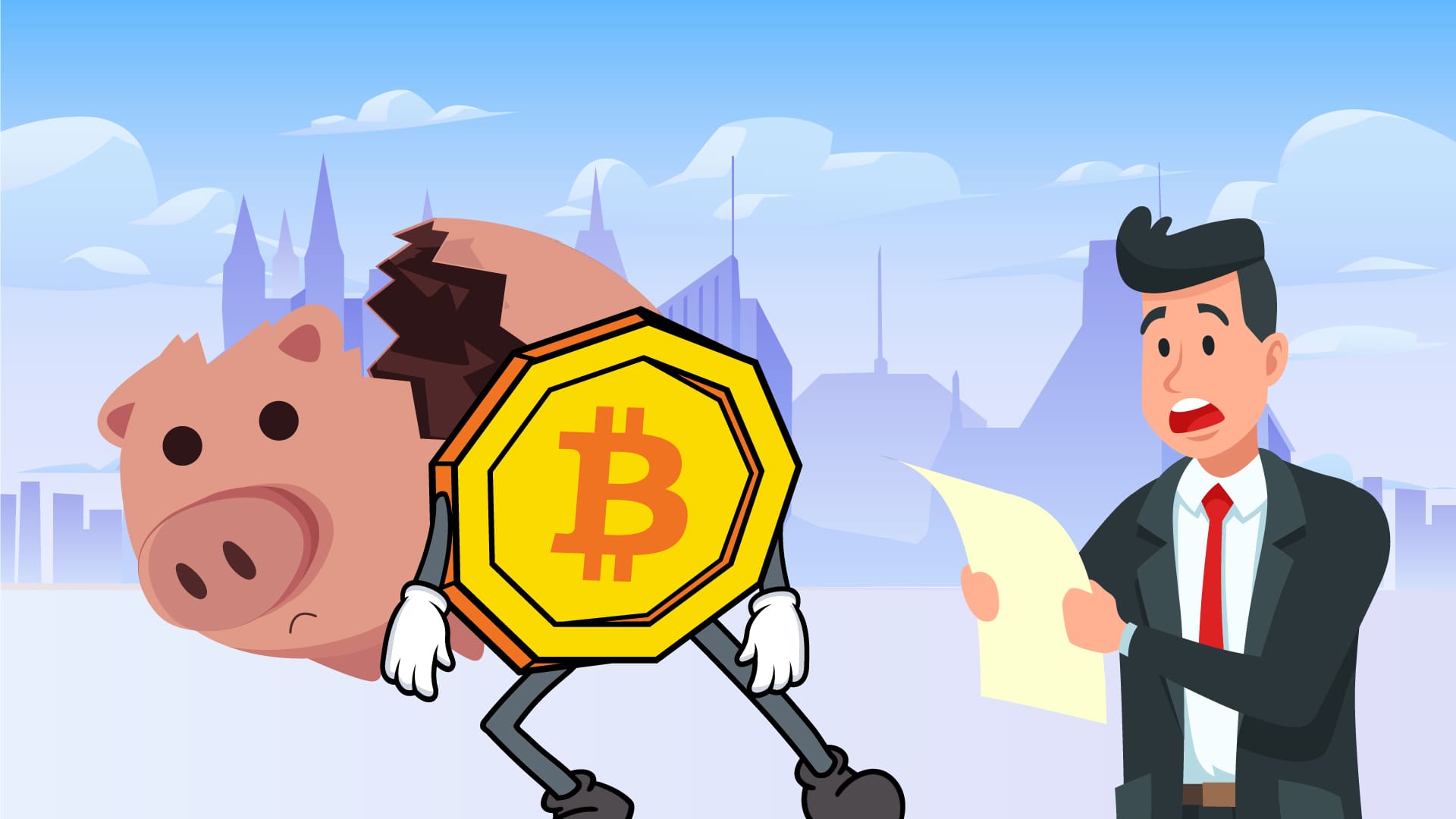What Happens to Bitcoin When it Expires?

An Introduction
Bitcoin was introduced in 2009 by Santoshi Nakamoto. It is supported by blockchain technology and has a cap of 21 million. Currently, there are 18,595,975 in the market. The Bitcoins systematically add up to the block after every ten minutes. And as it grows, the Bitcoin put into the system is halving every four years. Bitcoin mining will complete soon, and they are either in circulation or lost in the system. When they expire, the miners will not be able to mine anymore into the system. Now, Bitcoin is gaining popularity as the price of Bitcoin is increasing every day, now several investors are planning to invest or trade in Bitcoin. If you are also planning to trade in Bitcoin. In that case, the Bitcoin code platform is an automated trading platform which is a very popular auto trading robot, that is used for trading Bitcoin & other cryptocurrencies. To know more about it, you can read Bitcoin Code Review. We will introspect in the article about what happens to Bitcoin after All 21 Million are mined.
What happens to Bitcoin after all 21 million are mined?
Will it switch over to a centralized system from the current decentralized? Or will it be its end? When the miners unlock the stipulated number of Bitcoins and the supply of Bitcoin reaches 21 million- it is likely that the Bitcoin protocol may get changed. It will help to increase the supply. The fans today are curious about what will happen when Bitcoin reaches its limit globally? Since 185 million Bitcoins are in circulation, there are close to 3 million that have to be circulated as yet.
The supply of Bitcoin is limited to 21 million
Bitcoins can reach its optimum production to 21 million max. The current supply is at 18.5 million in circulation since its launch ten years ago. Millions of Bitcoins are lost. In some cases, the owners lost their private keys, and in other cases, they died without giving instructions to others. Understanding the Bitcoin mining timeline is a bit complicated. Only 3 million remain, Bitcoin mining is in its last stages. But it is important to understand how Bitcoin rewards come into play as well. The miners earn a chunk of Bitcoin as they complete the mining process and successfully verify the block’s creation. The process of rewarding adapts to the changes. When Bitcoin was initially created, it carried a reward of fifty Bitcoins. The rewards halved to 25 Bitcoins in 2012 and further halved again to 12.5 in 2016. Since May 11 of last year, the reward has lessened to 6.25. The reason for this is that it will continue to reduce the inflation rate. This halving of reward will continue till the last of the 21 million have been mined. The last Bitcoin will be mined in 2140. The mining process of Bitcoin rewards its miners, but the reward is decreased after a duration to have better control on the new tokens.
Impacts of finite Bitcoin supply on Bitcoin miners
The category of people that will be most affected will be the miners. Miners will lose out on the rewards they get for their work when they reach the stipulated number of 21 million in circulation. But after the last Bitcoin has been produced, the miners will still participate competitively and legalize new transactions. This is primarily as the transactions have a fee involved. The fees amount to a few hundred dollars for each block, and it may go up to 1000s, especially as the transaction happening on each block will only increase, and the Bitcoin price will only rise. Eventually, it will function like a locked economy, with the fees for transactions akin to taxes.
What happens to Bitcoin when it expires?
Miners play a significant role in Bitcoin mining. They validate and verify the transactions on the blockchain and receive transaction fees borne by the sender. The higher the expenses, the sooner the exchange is affirmed. Satoshi Nakamoto had established an environment to compensate the miners from the exchange expenses.
Bitcoin intended to be decentralized, now is more centralized with platforms playing their designated roles. For instance, the BitDeer power-sharing computing platform provides solutions with cloud mining, including transport logistics, mining equipment, mining operations, power management, maintenance of the mining farms, etc. If the user ends up buying any of its facilities, BitDeer shares computing power directed from mining pools to the payouts, and the users get their pay. BitDeer has more than five million users, with an eighty percent return rate, and enjoys an output of a hundred BTC daily.
Conclusion
Though Bitcoin was mined with a cap of 21 million, which will be achieved by 2140 at the most, it will come up with alternative planning to carry on its circulation. They will either change the protocol and lift off the cap or go centralized. To slow down the process and cease inflation, they have set a protocol to half the miner’s rewards every four years. The miners will still earn competitively with Bitcoin value going up. Bitcoin is being used more in a centralized manner than decentralized as the platforms play their designated roles.